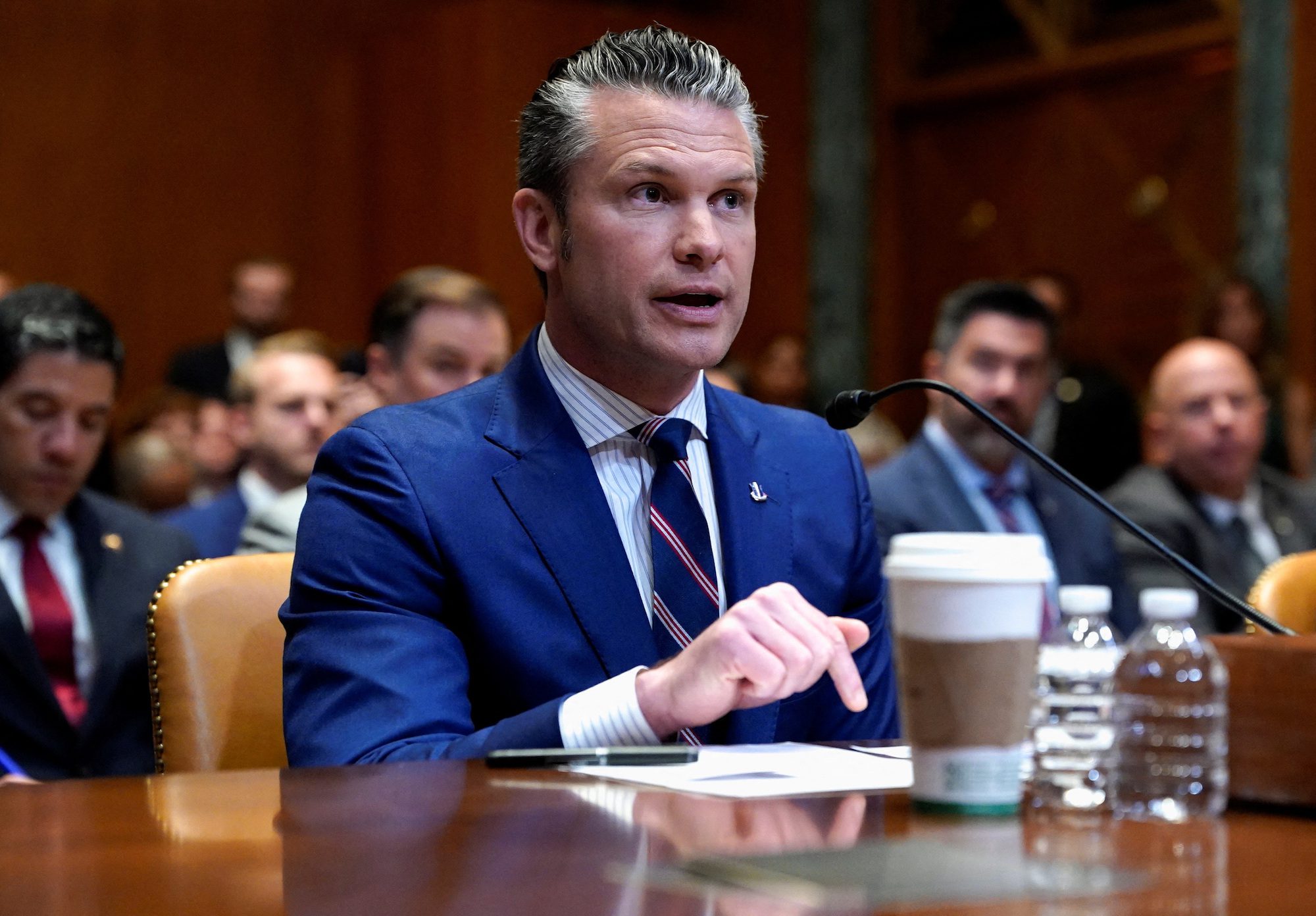The Department of Defense has placed shipbuilding at the heart of its FY2026 strategy, pledging $5.9 billion to revitalize the U.S. maritime industrial base amid growing concerns over China’s naval expansion.
In a written posture statement submitted to the House Appropriations Subcommittee on Defense this week, Defense Secretary Pete Hegseth declared shipbuilding the Navy’s “top priority” and sounded the alarm over America’s shrinking edge at sea.
“China has over 230 times the shipbuilding capacity of the U.S.,” Hegseth warned, noting that 70% of China’s warships were launched after 2010, compared to just 23% of U.S. vessels. He blamed decades of deindustrialization, consolidation, and underinvestment for hollowing out both the defense and commercial maritime sectors.
To counter this trend, Hegseth said the Pentagon plans sweeping reforms aimed at modernizing construction processes, eliminating costly delays, and boosting both public and private shipyard output. “We can no longer spend billions of taxpayer dollars to receive years-long delays and capacity shortfalls,” the statement reads.
With a stated goal of a 381-ship Navy and the current fleet stagnating below 300, the Pentagon acknowledges the uphill climb ahead. But Hegseth insisted the administration is charting a new course: “Alongside President Trump, we will Make Shipbuilding Great Again.”
However, Congress this week slammed the Trump administration’s proposed $20.8 billion Navy shipbuilding budget as woefully inadequate—down from $37 billion last year—and overly reliant on pending reconciliation funds, according to USNI News. Key programs like Virginia-class submarines, destroyers, and frigates were omitted entirely.
The hearings exposed a widening rift: while Congress agrees on the need for maritime revitalization, lawmakers rejected the administration’s funding path and lack of transparency.
“This shortfall reflects efforts to game the budget in anticipation of Congressional reconciliation funds, which were intended as supplemental, not a substitute,” said Senator Roger Wicker (R-Miss.), chairing a Senate Armed Services Committee hearing on the Navy budget.
In response, the House Appropriations Committee proposed its own $36.9 billion shipbuilding package, restoring funding for critical programs.
The Trump administration’s broader maritime strategy also includes efforts to reassert U.S. control over key shipping lanes. Hegseth’s statement noted that the U.S. has secured “First and Free” canal passage for Navy and auxiliary vessels in Panama, and declared an end to Houthi attacks on U.S. ships in the Red Sea following a sustained military campaign. However, international shipping traffic remains largely reluctant to return to traditional Suez-bound routes, and no U.S.-flagged commercial ships have transited since the declared ceasefire.
The push for maritime resurgence builds on President Trump’s recent executive order, “Restoring America’s Maritime Dominance,” which commits the administration to long-term investment in both naval and commercial maritime sectors.

 Join The Club
Join The Club











